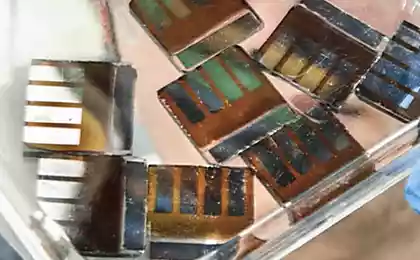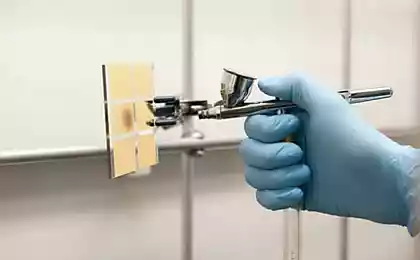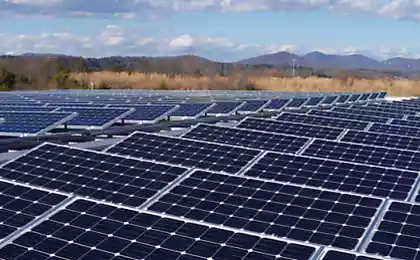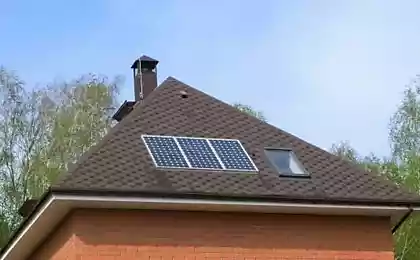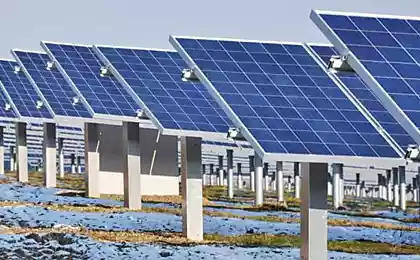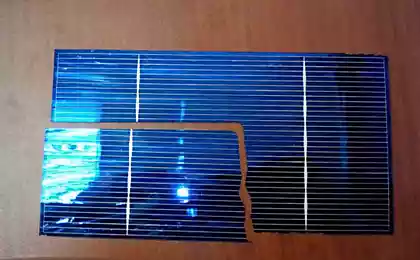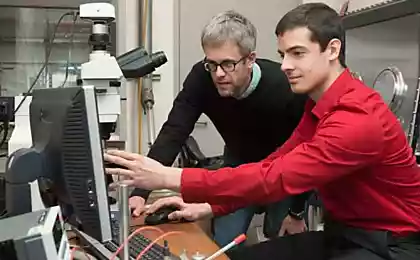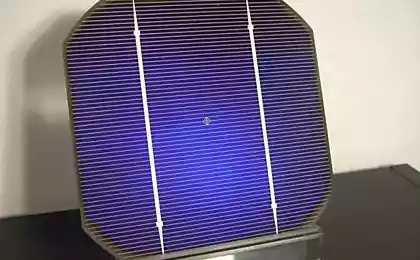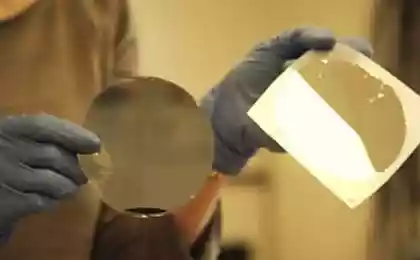433
Perovskite ink will simplify the manufacturing of solar cells
A team of scientists of the National laboratory of renewable energy (NREL) of the USA found a way to create perovskite ink, which open the way to mass production of solar panels from this material.
Perovskite technology of creation of solar cells have great potential — they are made of cheap raw materials and are highly efficient. They also have their disadvantages, particularly the lack of a reliable method to mass-produce them. That is the problem and can solve discovery scientists NREL.

Perovskites — a class of materials with the same crystal structure. Many of them have inclusions of organic substances and metals. Scientists began the research with simple form perovskites formed from iodine, lead and methylamine. In normal conditions, this material readily forms a photovoltaic crystals, but at higher temperatures the process takes longer. It may slow down production and significantly increase its value.
So scientists began to look for conditions that accelerate the formation of crystals. The result is what they called "perovskite ink". They only need a minute to dry on the surface at a temperature of 100° C. This is enough to begin to make perovskite solar panel roll method.
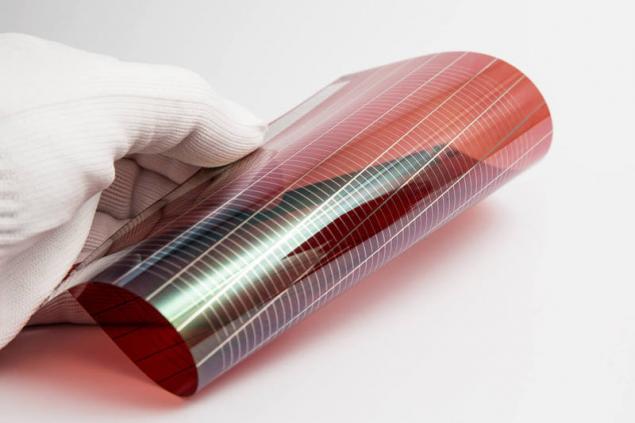
Solar cells produced in this way have an efficiency of 17%, while adding a layer of fullerene productivity increases to 19%. This is still less than that of silicon, but much easier to manufacture. In laboratory conditions the efficiency of the perovskites may reach 21.7 per cent.
The world economic forum has recognized the solar cells from perovskite is one of the 10 most important technology of 2016. It is expected that this mineral will be able to make a breakthrough in the industry of solar panels. But to really change the market of solar panels promises Oxford Photovoltaics, which promises to start production of solar cells from perovskite by the end of 2018. published
P. S. And remember, only by changing their consumption — together we change the world! ©
Source: hightech.fm/2017/03/24/ink-perovskite
Perovskite technology of creation of solar cells have great potential — they are made of cheap raw materials and are highly efficient. They also have their disadvantages, particularly the lack of a reliable method to mass-produce them. That is the problem and can solve discovery scientists NREL.

Perovskites — a class of materials with the same crystal structure. Many of them have inclusions of organic substances and metals. Scientists began the research with simple form perovskites formed from iodine, lead and methylamine. In normal conditions, this material readily forms a photovoltaic crystals, but at higher temperatures the process takes longer. It may slow down production and significantly increase its value.
So scientists began to look for conditions that accelerate the formation of crystals. The result is what they called "perovskite ink". They only need a minute to dry on the surface at a temperature of 100° C. This is enough to begin to make perovskite solar panel roll method.

Solar cells produced in this way have an efficiency of 17%, while adding a layer of fullerene productivity increases to 19%. This is still less than that of silicon, but much easier to manufacture. In laboratory conditions the efficiency of the perovskites may reach 21.7 per cent.
The world economic forum has recognized the solar cells from perovskite is one of the 10 most important technology of 2016. It is expected that this mineral will be able to make a breakthrough in the industry of solar panels. But to really change the market of solar panels promises Oxford Photovoltaics, which promises to start production of solar cells from perovskite by the end of 2018. published
P. S. And remember, only by changing their consumption — together we change the world! ©
Source: hightech.fm/2017/03/24/ink-perovskite






